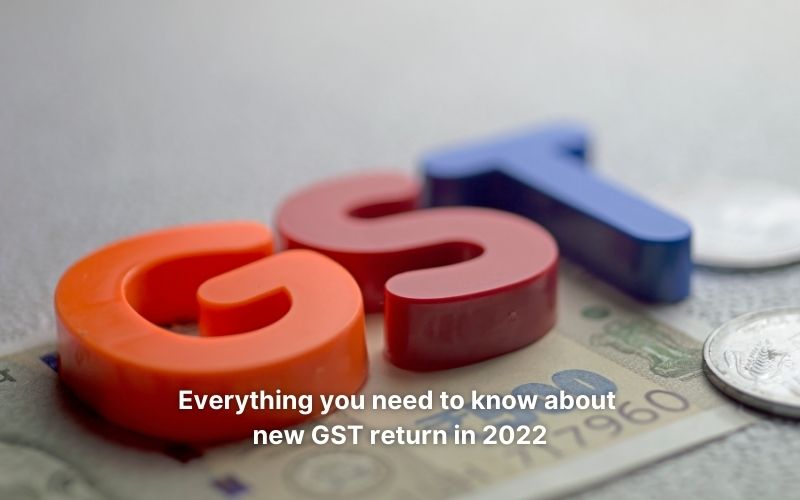The GST council introduced a new GST return system in 2019. The order moves to simplify all compliance procedures for the MSME sector for taxpayers with a turnover of up to ₹5 Crore.
New GST return system updated in 2022
Earlier, there were multiple return forms for GST return filing. Taxpayers had to file GSTR 1, GST 3B and more. Under the new GST return system, there are only 3 main return forms –
- RET 1 (Normal)
- RET2 (Sahaj)
- RET 3 (Sugam)
And; Form PMT – 08 helps you claim Input Tax Credit
The new returns filed is based on the turnover of your small business.
- > 5 Crore annual turnover: Normal returns on a quarterly basis
- < 5 Crore annual turnover: If you run a B2C company, file Sahaj (RET2 ) quarterly. For both B2B and B2C companies, file Sugam (RET3) quarterly.
The forms contain two annexes – GST ANX-1 and GST ANX-2
Amendment of details in payments form
Taxpayers can adjust details in the main returns and ANX- 1 (Annexure of Supplies). This form is used to report outward supplies and imports of goods and services. For inward supplies, taxpayers need to take the GST ANX – 2 received from a supplier.
All amendments can be filed for each tax period.
New Turnover Limits:
The new turnover limit for small taxpayers for the previous financial year is ₹5 Crore (an upward limit compared to the earlier ₹1.5 crores.)
Claiming Input Tax Credit:
Under the new returns, Input Tax Credit can be claimed with matching auto-uploaded transactions in Form ANX-2, along with the purchase register. Taxpayers need not worry about missing invoices as they can apply for provisional credit for missing invoices and report them later.
Missing Invoices:
Report all missing invoices in RET-1. If vendors fail to upload invoices, this is where you can raise a report.
Other new reforms:
- Your business need not file GST return if your business is in the process of cancelling GST registration and is being reviewed.
- Report Inward supplies under RCM with GSTIN level in Form ANX-1.
- Input Tax Credit on imports is recorded under ANX-1.
Instamojo suggestions on GST e-invoicing and ITC:
Ensure vendors upload invoices. The new GST return system makes it challenging to upload invoices in real-time that are accurate and error-free. Generate GST compliant invoices using the Invoice generator on Instamojo. This way, you can avoid penalties/ fines or potential ITC fraud claims.
You can create, share and track all your invoices safely and efficiently. The Invoice Generator app enables you to send GST-compliant receipts to your customers quickly. It even lets you collect payments.
The GST council implemented GST e-invoicing for all businesses with a turnover above Rs. 50 Crores. The move has been in effect since April 1st, 2021. This guide covers how GST- E-Invoicing works for your business.
As mentioned above, how GST claiming for ITC is tougher than before. If relevant invoices are not uploaded by your supplier within a certain period, recipients have to reverse the ITC claimed. Keep track of all your online payments, and ensure you upload the correct details on the invoice you generate.
Also, The Central Board of Indirect Taxes (CBIC) will now calculate interest on late payment of GST using Gross Tax Liability, across India.
If your business is just registered under GST, do not worry. We curated an exclusive course on mojoVersity with ClearTax.in to help you understand how GST works for your business. You can take the free courses online on Instamojo from the comfort of your home.
Not only that, we also partnered with Masters India – a GST Suvidha Provider (GSP) appointed by the Goods and Services Tax Network (GSTN), a Government of India enterprise for a free course on mojoVersity. Learn all about the different types of GST invoices and how they work.

